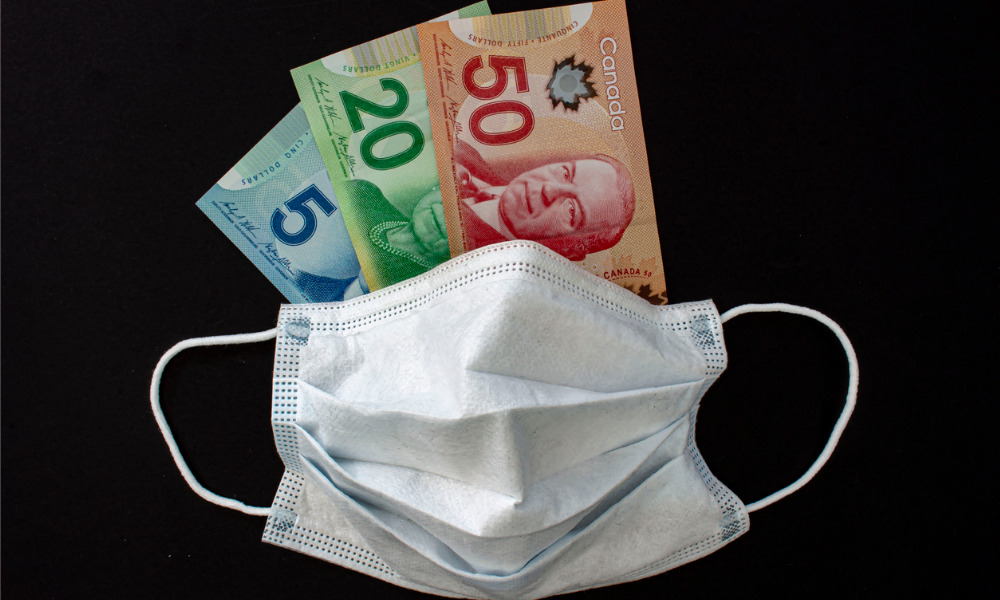Spending growth now being driven mostly by population increase and aging populations

Research by the Canadian Institute for Health Information anticipates that in 2022, the rise in health spending that was observed during the first two years of the COVID-19 epidemic will drastically slow down.
Although there will likely be a 0.8% increase in overall health spending in Canada this year, this is predicted to be substantially less than the 7.6% and 13.2% increases in 2021 and 2020, respectively.
In 2022, the country's planned health expenditures, including both public and private spending, is estimated to be $331 billion, or $8,563 per Canadian, or around 12% of the nation's yearly gross domestic product.
The primary cause of the increase in health spending over the previous two years, according to Chris Kuchciak, manager of health expenditures at the Canadian Institute for Health Information, was COVID-19.
Read more: Health insurance can also help protect your money. Find out how.
In an interview with the Canadian Press, Kuchciak said demographic shifts including population growth and aging populations are replacing health care services that were put on hold during the pandemic as the main drivers of spending increase.
“I liken it to a horse race where the last two years, COVID was way out in front driving spending. That has fallen back into the pack,” he said.
In contrast to its roughly 10% share in 2021, the COVID-19 response fund accounts for 4.4% of all health spending in 2022.
According to the research, the federal, provincial, and territory governments will spend $14.5 billion in 2022 to deal with COVID-19.
In comparison, the COVID-19 reaction ran up costs of $32.5 billion in 2021 and $29.3 billion in 2020. Health spending growth averaged 4% annually before the pandemic.
The slower growth rate comes at a time when the healthcare system is dealing with unprecedented difficulties, with reports of staff shortages and emergency room closures around the nation.
Read more: Why some medical professionals are revisiting their retirement plans
In 2022, the combined costs for hospitals, doctors, and medications would account for more than 50% of all health spending in Canada, according to the analysis.
Kuchciak pointed out that Canada's economy is reflected in the slower increase of health spending, noting that the recession of 2009 caused a slowdown in the rise of health spending in the early 2010s.
“We are entering a period where people are talking about slower economic growth,” he said. “When the economy slows down, government’s fiscal positions tend to deteriorate and there tends to be more budget restraints (on) health spending.”
The national health spending projections from CIHI are based on both public and private sources, including the three tiers of government, insurance providers, and research organizations, and others.



